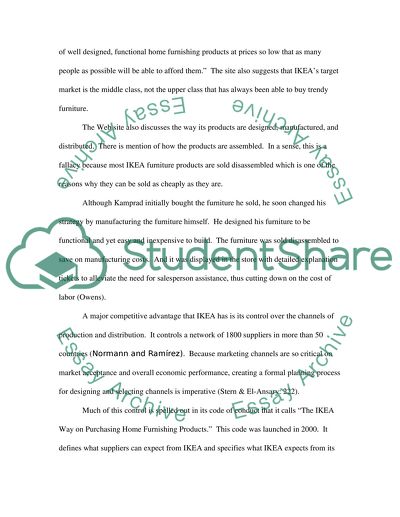Cite this document
(“IKEA assignment Essay Example | Topics and Well Written Essays - 1750 words”, n.d.)
Retrieved from https://studentshare.org/environmental-studies/1406032-ikea-assignment
Retrieved from https://studentshare.org/environmental-studies/1406032-ikea-assignment
(IKEA Assignment Essay Example | Topics and Well Written Essays - 1750 Words)
https://studentshare.org/environmental-studies/1406032-ikea-assignment.
https://studentshare.org/environmental-studies/1406032-ikea-assignment.
“IKEA Assignment Essay Example | Topics and Well Written Essays - 1750 Words”, n.d. https://studentshare.org/environmental-studies/1406032-ikea-assignment.


